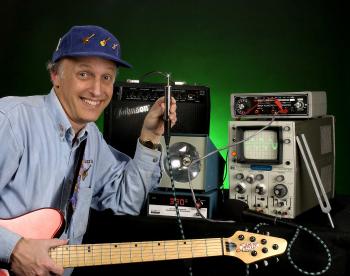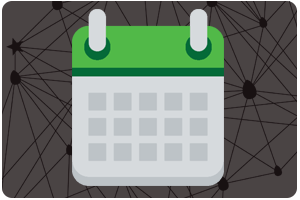
School of Rock

- School:
- Immokalee High
- Subject:
- Science
- Teacher:
- Robert Wallace
- Students Impacted:
- 30
- Grade:
- 11
- Date:
- July 14, 2015
Investor
Thank you to the following investor for funding this grant.
Suncoast Credit Union Foundation - $600.00
Goal
There are 3 goals for this project: students will be excited about physics, students can give practical examples of the applications of physics, and students can connect the dots between several very important concepts in physics (tension, waves, harmonics, electromagnetism, circuits, current, and resistance).
The guitar is a popular instrument, as seen by the success of games like “Guitar Hero”. My kids love to be hands on, and allowing them to experiment with the guitar will have them more excited than ever about coming to class.
My students do not have previous experience with the physics vocabulary terms. Working on this project will allow them to visualize the concepts, giving them practical examples that they can understand. When they have a strong mental image of the vocab terms, they will remember how they are related.
Finally, many of the equations in physics are not intuitively easy to understand. When my students connect the pieces of the guitar, they will be able to visualize how the variables are related. For example, when the string length is shorter, the frequency will be shorter (and the note sounds higher). They will be activating several sensory organs when they feel and play the guitar after tuning it and adjusting the resistances. During the project they will develop a sense that physics is understandable, practical, and fun!
What will be done with my students
4 groups of students will each build a guitar over a 4 week period. Each week we will discuss a new topic related to the overall curriculum of the course. We will cover force, simple waves, magnets, and finally circuits in each week respectively. This will provide an excellent overview of the course.
In week 1, students will connect the tuning pegs to the neck, and the neck to the body. At the end of the week students will string the guitars. Here we will discuss the forces of torque and tension, as the tools used to install the neck and tuners generate torque by increasing the distance from the fulcrum, and the tuning pegs are used to increase the tension in the strings.
In week 2, students will experiment making different notes, the same note at different octaves, and will try to isolate harmonic waves. Here we will look at the motion of a standing wave, as the string vibrates back and forth. We will also discuss how tension, length, and thickness of the strings are related to their frequency/pitch. Finally, we will try to isolate different harmonics by gently touching the strings to make different pitches.
In week 3, students will connect the pickups and the pots. They will see how the steel strings interfere with the magnetic fields, creating a current, and how the pots can control the amount of current. Here we will discuss permanent magnets and electromagnets, electron flow, and resistance, which will segue into week 4.
In week 4, students will hook the guitars into amplifiers and effects pedals, which will complete the project. Of course we will enjoy our hard work! As they experiment with different sound effects and distortions, we will talk about different wiring that allow the sound to change, and the transistors in the amplifier that increase the sound volume. We will also review how each part of the guitar comes together to create the final sound. This gives the students the full picture of the physics course.
Benefits to my students
I expect that my 30 students will have a thorough understanding of the topics we cover. This means they will be able to give concrete applications for magnets and standing waves. They will also be able to relate each variable to others, and to the overall picture. They will understand how to change variables such as resistance and tension to generate different sounds and frequencies.
The guitars can be taken apart for future use as well. Guitars are made to be serviced, and it is quite easy to remove the pieces when we are finished with the project. Guitars can last through decades of use, but I understand that occasional parts may need to be replaced. I plan on using them for years.
Budget Narrative
I will buy 4 guitar kits (2 bass guitars and 2 standard six string electric), along with 4 mini amplifiers. The total cost of these items (68 pieces) is $600.
Items
| # | Item | Cost |
|---|---|---|
| 1 | 2 bass guitar kits | $250.00 |
| 2 | 2 guitar kits | $200.00 |
| 3 | 4 amplifiers | $150.00 |
| Total: | $600.00 |



Share
Please share this page to help in fulfilling this grant.
Email to a Friend